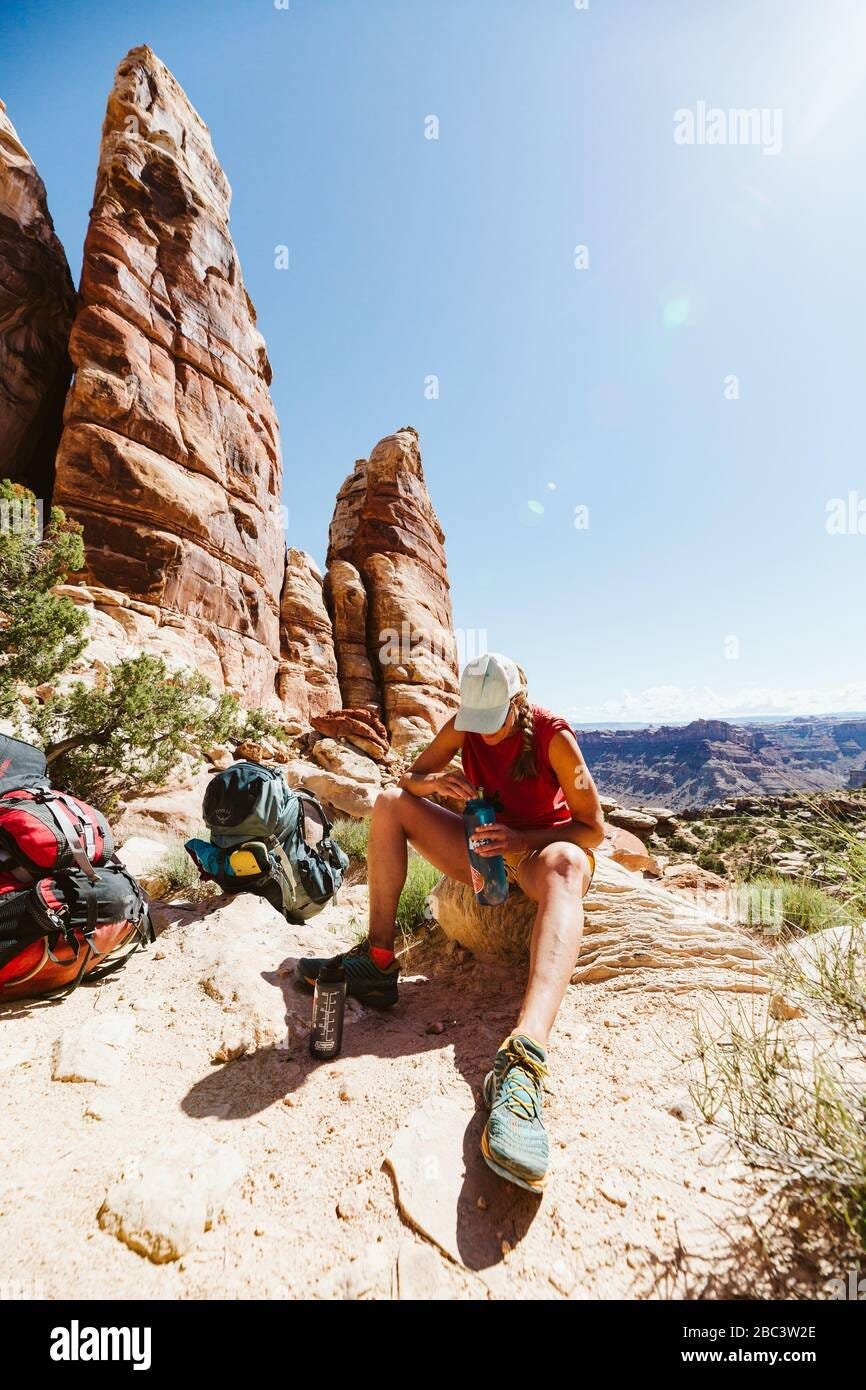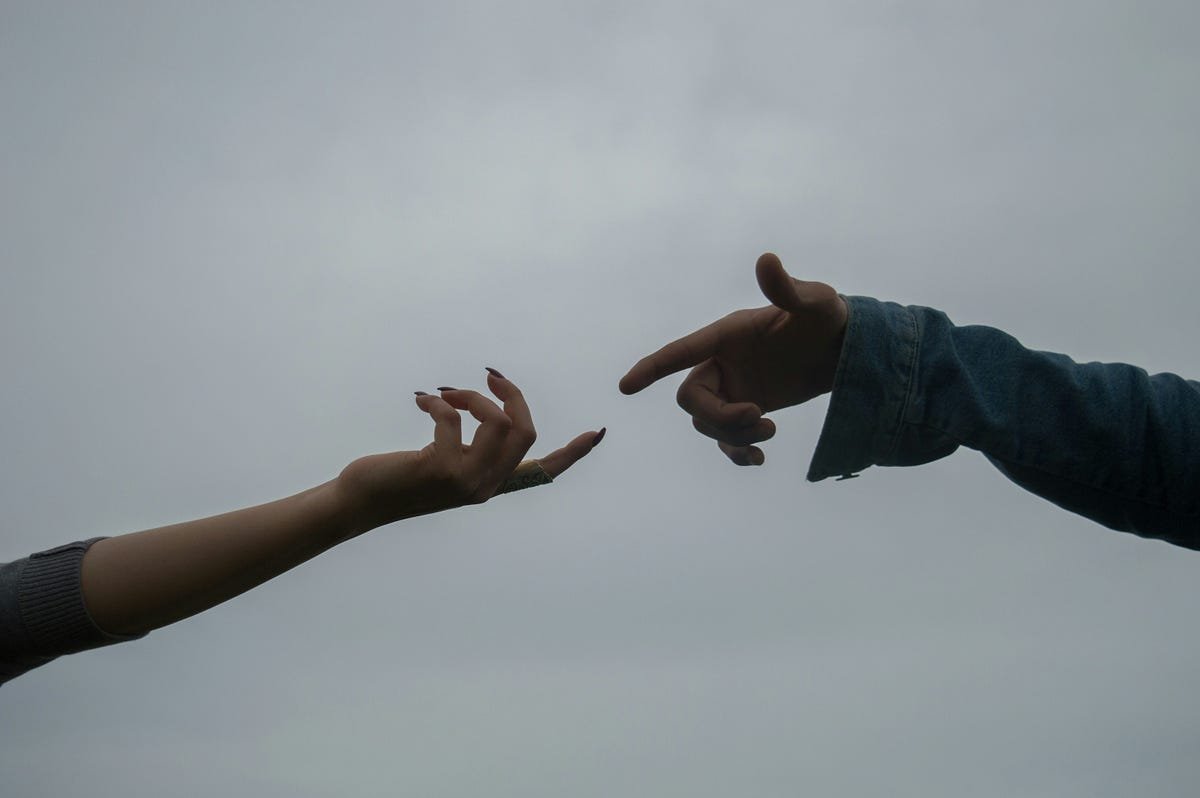The Day I Nearly Ruined My Best Friend’s Wedding (A Hiking Hydration Story) | by Least Visited Parks | Jul, 2025

Picture this: It’s two days before your best friend’s wedding, you’re supposed to be the maid of honor, and instead you’re lying in an emergency room with an IV drip in your arm, looking like a sun-dried raisin. This isn’t exactly how I planned to spend my pre-wedding weekend in Sedona, Arizona.
My friend Sarah had dreamed of a desert wedding since college, and when she finally got engaged, she insisted on having her bachelorette party in Sedona’s red rock country. “We’ll do some easy hiking, take Instagram-worthy photos, and relax at the spa,” she said. What could go wrong, right?
Well, apparently everything — starting with my overconfident approach to desert hiking and my complete ignorance about proper hydration planning.
Saturday morning dawned crisp and beautiful — the kind of Arizona morning that tricks you into thinking the desert is gentle and forgiving. Our group of six decided to tackle the Devil’s Bridge trail, a moderate 4.2-mile roundtrip hike to Sedona’s famous natural arch. I’d done plenty of hiking back home in Oregon, so I figured I was prepared.
“I grabbed a single 16-ounce water bottle, thinking it would be plenty for what I assumed was an ‘easy’ desert walk. After all, it was only October — how hot could it get?”
By 10 AM, we were on the trail. By 11:30 AM, my water bottle was empty, and the Arizona sun was climbing toward its merciless peak. The temperature had already hit 85°F, with zero shade on the exposed red rock sections. While my friends from Phoenix had come prepared with multiple water bottles, electrolyte supplements, and sun protection, I was already feeling the first warning signs of dehydration.
Pride is a dangerous thing on the trail. Even as my head started pounding and my energy plummeted, I didn’t want to be the one to slow down the group or ask for extra water. Sarah was so excited about reaching Devil’s Bridge for photos, and I didn’t want to be the friend who ruined her pre-wedding adventure.
The human body loses water frighteningly fast in desert conditions — something I learned the hard way as my symptoms progressed from mild thirst to dizziness, nausea, and confusion. By the time we reached Devil’s Bridge, I could barely appreciate the stunning natural wonder because I was focused on not collapsing.
The hike back became a nightmare. My friends shared their water, but it was too little, too late. I stumbled through the last mile in a haze, supported by two concerned bridesmaids who were probably wondering if they’d have to carry me out on a stretcher.
Three hours later, I was in the Flagstaff Medical Center emergency room, receiving IV fluids for severe dehydration. The doctor, who seemed unsurprised by yet another underprepared desert hiker, explained that I’d lost nearly three liters of fluid during our four-hour adventure. My blood sodium levels were dangerously low, and my core temperature had spiked well above normal.
“How much water did you bring for a four-hour desert hike?” he asked. When I sheepishly admitted to my single 16-ounce bottle, he just shook his head. “In these conditions, you needed at least two liters, probably more. Desert hiking isn’t like hiking in other climates — the rules are completely different.”
Sarah sat beside my hospital bed, wedding planning binder in her lap, trying to figure out if she needed to find a replacement maid of honor. I felt terrible — not just physically, but for potentially disrupting her perfect wedding weekend.
During my recovery, I became obsessed with understanding exactly how I’d miscalculated so badly. The ER doctor explained that in hot, arid conditions, the human body can lose 1–3 liters of water per hour through sweating alone. Factor in increased respiratory water loss due to dry air and physical exertion, and my pathetic 16 ounces never stood a chance.
Desert environments are particularly treacherous because the dry air causes sweat to evaporate quickly, making you unaware of how much fluid you’re actually losing. Unlike humid climates where you feel sticky and wet, desert hiking can leave you dangerously dehydrated while feeling relatively dry and comfortable — until it’s too late.
I learned that proper hydration planning isn’t just about bringing water — it’s about understanding your body’s needs based on activity level, environmental conditions, and duration. The calculation isn’t rocket science, but it requires more thought than I’d ever given it before my desert disaster.
Fortunately, two days of aggressive rehydration and electrolyte replacement got me functional enough to fulfill my maid of honor duties. I looked a bit like I’d spent the weekend in a tanning bed gone wrong, and I definitely needed extra concealer to hide the effects of dehydration, but I made it down the aisle with Sarah.
During my speech at the reception, I couldn’t help but mention how the desert had taught me about preparation, humility, and the importance of taking care of yourself so you can take care of the people you love. Sarah laughed and said it was the most memorable bachelorette party ever — though probably not for the reasons she’d intended.
My Sedona experience transformed me into someone who obsessively researches hydration needs before every hike. I learned that environmental factors — temperature, humidity, altitude, and sun exposure — dramatically impact your water requirements. Desert conditions can easily triple or quadruple your fluid needs compared to temperate forest hiking.
I also discovered that hydration planning extends beyond just carrying water. Pre-hydration starts 24–48 hours before challenging hikes, and electrolyte balance becomes critical when sweat rates are high. The color of your urine, your energy levels, and even subtle changes in mood can all serve as hydration status indicators if you know what to watch for.
Most importantly, I learned that different hiking environments require completely different approaches to water planning. The casual “grab a water bottle” mentality that worked for my Pacific Northwest adventures was not only inadequate in the desert — it was dangerous.
These days, I never hit the trail without doing my hydration homework first. I calculate water needs based on hiking duration, expected temperatures, my planned pace, and the specific environmental challenges of each location. It might seem overly cautious, but after nearly missing my best friend’s wedding due to poor planning, I’d rather carry extra water than end up back in an emergency room.
The irony is that proper hydration planning isn’t complicated — it just requires taking the time to understand the relationship between your body’s needs and the environment you’ll be hiking in. Once you know the basic principles and calculations, staying properly hydrated becomes second nature rather than guesswork.
If you’re planning your own hiking adventures, especially in challenging environments like deserts or high-altitude locations, I can’t emphasize enough how important it is to understand proper water calculations for different trail conditions. Don’t let overconfidence or inexperience turn your outdoor adventure into a medical emergency.
- •Always research environmental conditions before hiking and adjust water calculations accordingly
- •Start hydrating 24–48 hours before challenging hikes, not just on the trail
- •Carry 50–100% more water than you think you’ll need, especially in unfamiliar environments
- •Don’t let pride prevent you from asking for help or turning back when conditions deteriorate
- •Learn to recognize early dehydration symptoms before they become dangerous
Sarah and her husband are planning a hiking honeymoon in Utah’s national parks next year, and guess who’s been put in charge of hydration planning for the group? That’s right — the former desert disaster victim has become the designated water calculation expert. Sometimes the best lessons come from our biggest mistakes, and I’m grateful that mine happened when help was available and the consequences were manageable.

